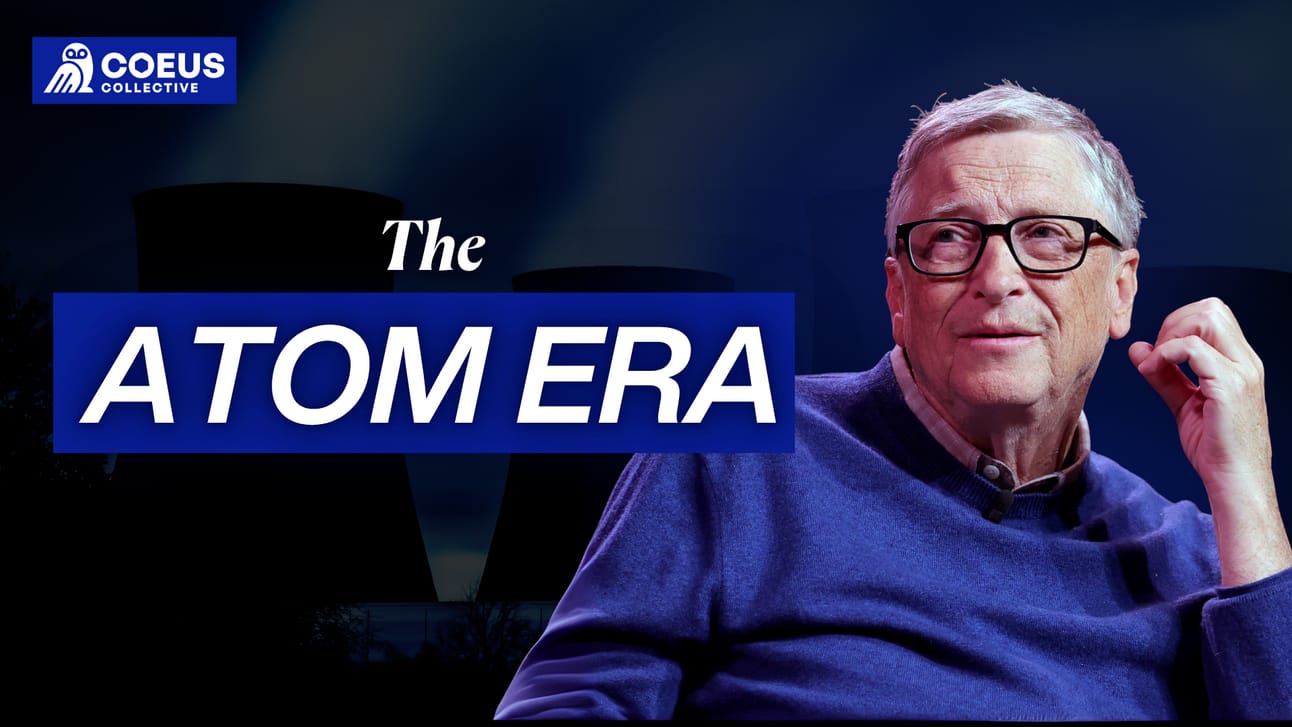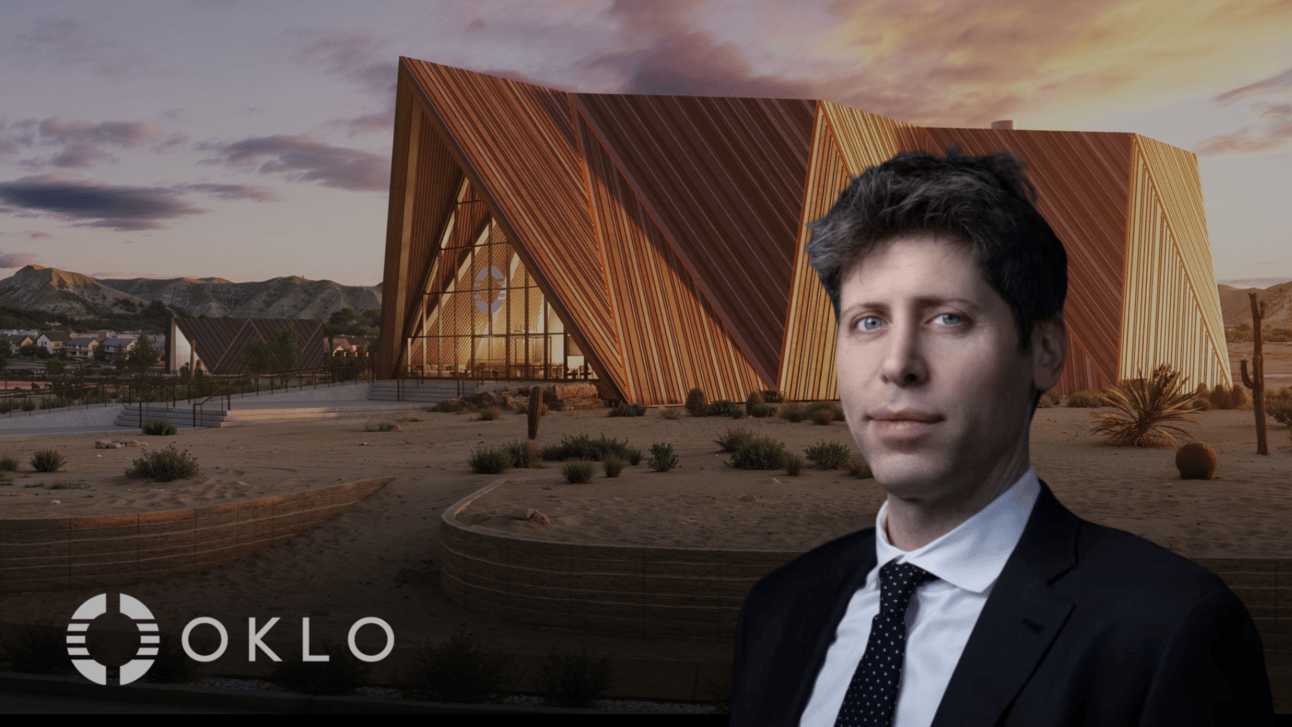- Early Access
- Posts
- 🦉 The Atom Era
🦉 The Atom Era
Why the next wave of iconic startups might be built from atoms.


LLC, S Corp, or Sole Proprietor? Download Besolo’s Free Guide
Each business structure has unique benefits, risks, and financial implications. Our definitive Solopreneur’s Guide breaks down LLCs, S Corps, and Sole Proprietorships in easy-to-follow terms, ensuring you’re fully informed to make strategic choices for your solo business.

Welcome back to the Collective. Last week, we highlighted our Founder Rooftop Mixer. And Friday’s event was a huge success!

Antonio speaking with some Founders in The Collective during Friday’s Rooftop Founder Mixer at Nomadworks! We’ll see you at the next one!
But this week, we’re returning to our ideas-first approach, one we last used in The AI Advertising Revolution two weeks ago.
Today, we are exploring what may be the most important shift in startup ambition since the software boom. It is a shift that has quietly gained momentum and is now starting to break into public view. While the world watches AI rewrite workflows and software continue to eat the world, something equally powerful is unfolding behind the scenes.
A new generation of founders is building not with code, but with matter.
They are developing fusion reactors, superconductors, quantum sensors, advanced materials, and carbon capture systems. They are not pivoting away from software. They are reaching deeper, closer to the building blocks of our physical world. This is not hype. It is happening. And it signals the arrival of a new entrepreneurial epoch.
We are entering the Atom Era. Let’s get to it.
By Coeus Collective Co-Founders Antonio DiMeglio & Leon Li

How We Got Here
The last two decades belonged to software for good reason. Building software was fast. It was global from day one. You could test, iterate, and deploy without ever leaving your desk. In a world where speed and scale mattered most, bits beat atoms almost every time.
Meanwhile, hard tech was often synonymous with slow timelines, regulatory headaches, and enormous capital requirements. It was not that these problems were not important. They were simply too hard to touch with venture money and startup timelines.
But that world has changed.
Cloud-native simulation tools, contract research organizations, and flexible manufacturing partners have lowered the barriers to entry for physical innovation. Machine learning now helps discover new materials. Open-access fabrication labs have replaced the need for billion-dollar facilities. There are even venture funds, accelerators, and community labs that specialize in helping deep tech founders go from prototype to production.
More importantly, the problems facing our world today are fundamentally physical. We need to decarbonize the grid, secure supply chains, reduce emissions, redesign food systems, and store massive amounts of energy. You cannot code your way out of those problems. You have to build your way through them.
This is why capital is shifting. Climate-focused funds like Breakthrough Energy Ventures and Lowercarbon Capital are investing aggressively in science-forward startups. Andreessen Horowitz has dedicated its American Dynamism fund to backing companies rebuilding the physical infrastructure of the United States. Even Y Combinator, long associated with web and mobile apps, is increasingly funding nuclear startups, bioengineering teams, and battery innovation labs.
The shift is real. And it is gaining speed.

Today’s Players
As demand surges for data centers and AI infrastructure, energy is becoming the next big battleground. Industry leaders are already making strategic moves: OpenAI CEO Sam Altman is backing nuclear startup Oklo, while investor Cathie Wood recently took a stake in uranium refiner Cameco. This signalling growing confidence in nuclear energy as the U.S. doubles down on AI ambitions.

Look around and you will see early signs of the Atom Era emerging across sectors. Here are some startups that are leading the way:


